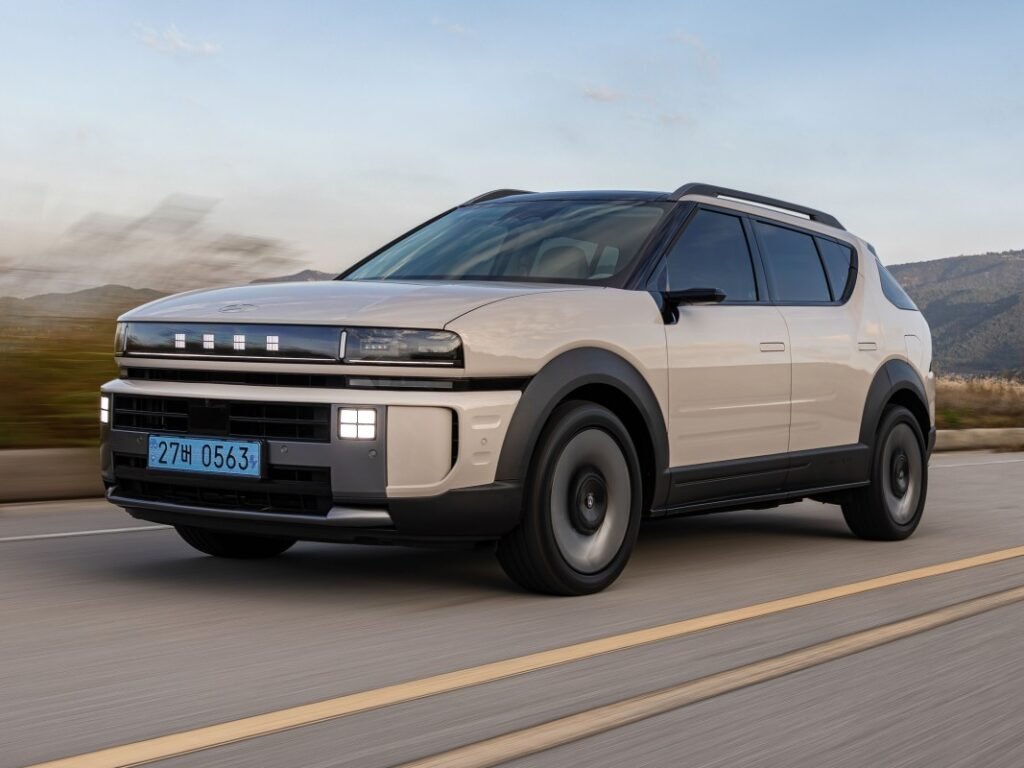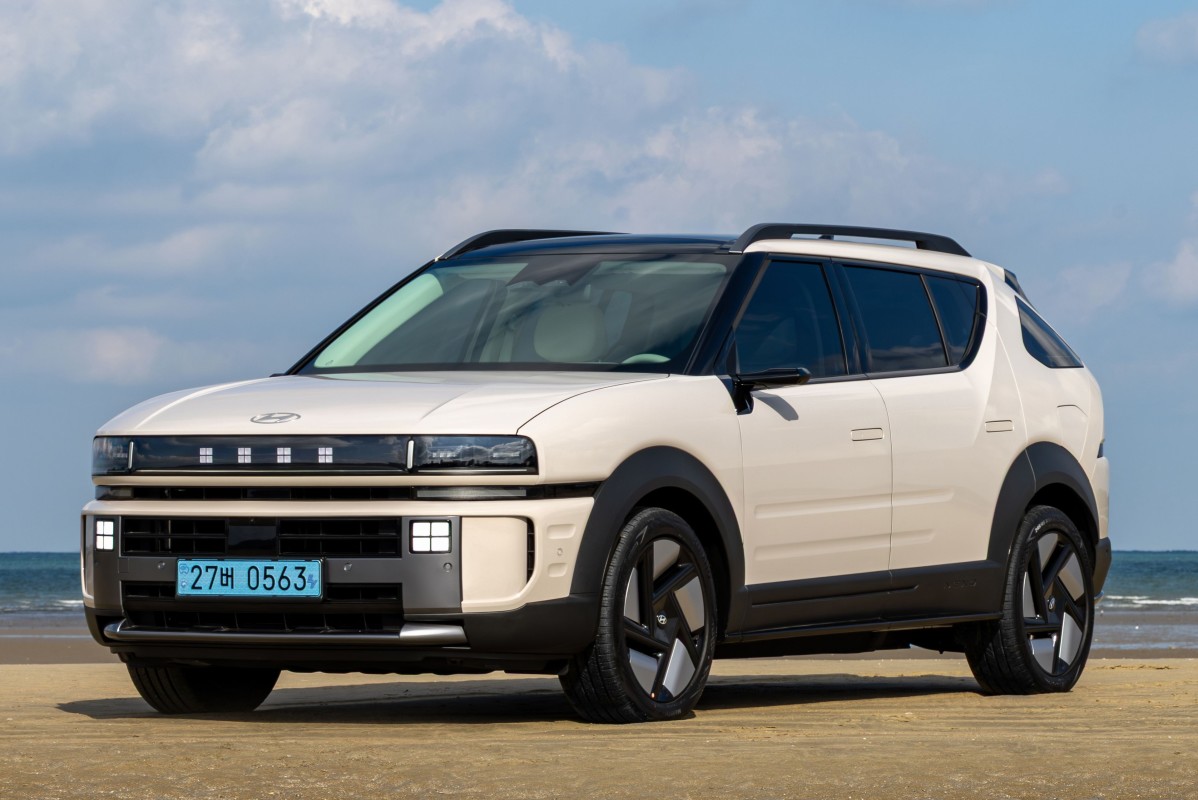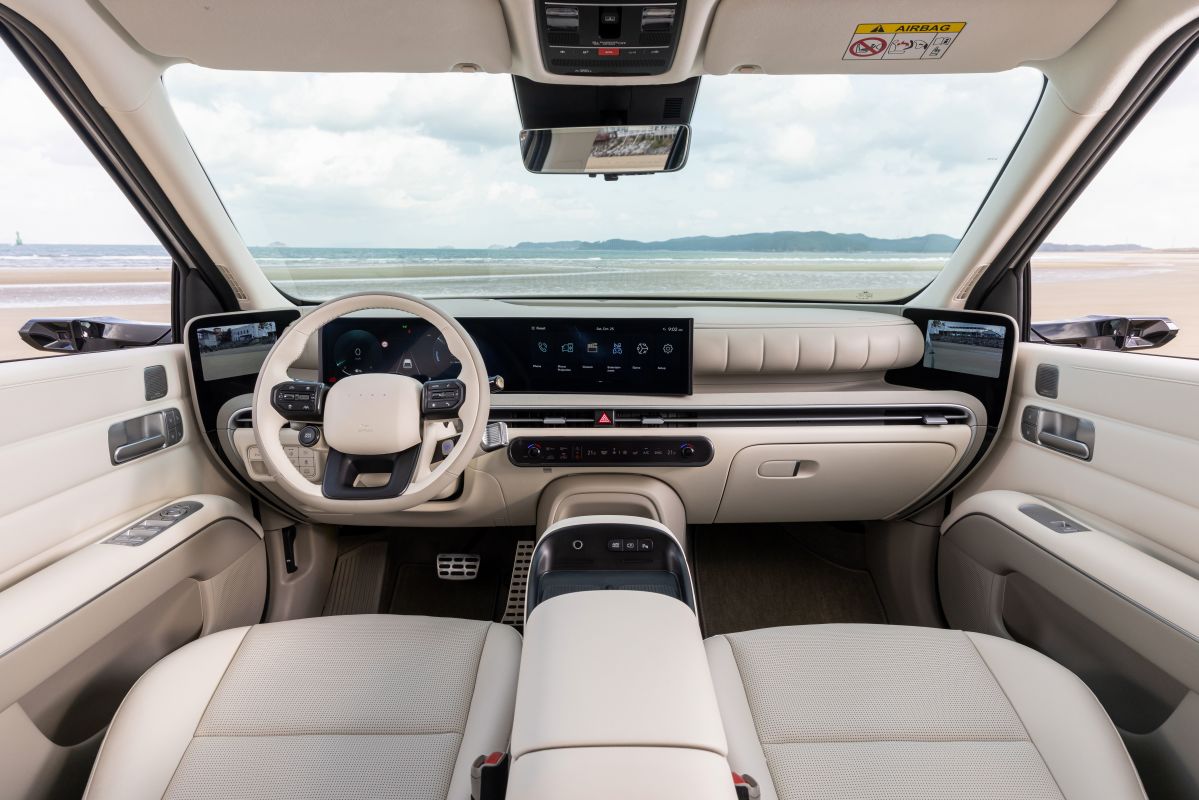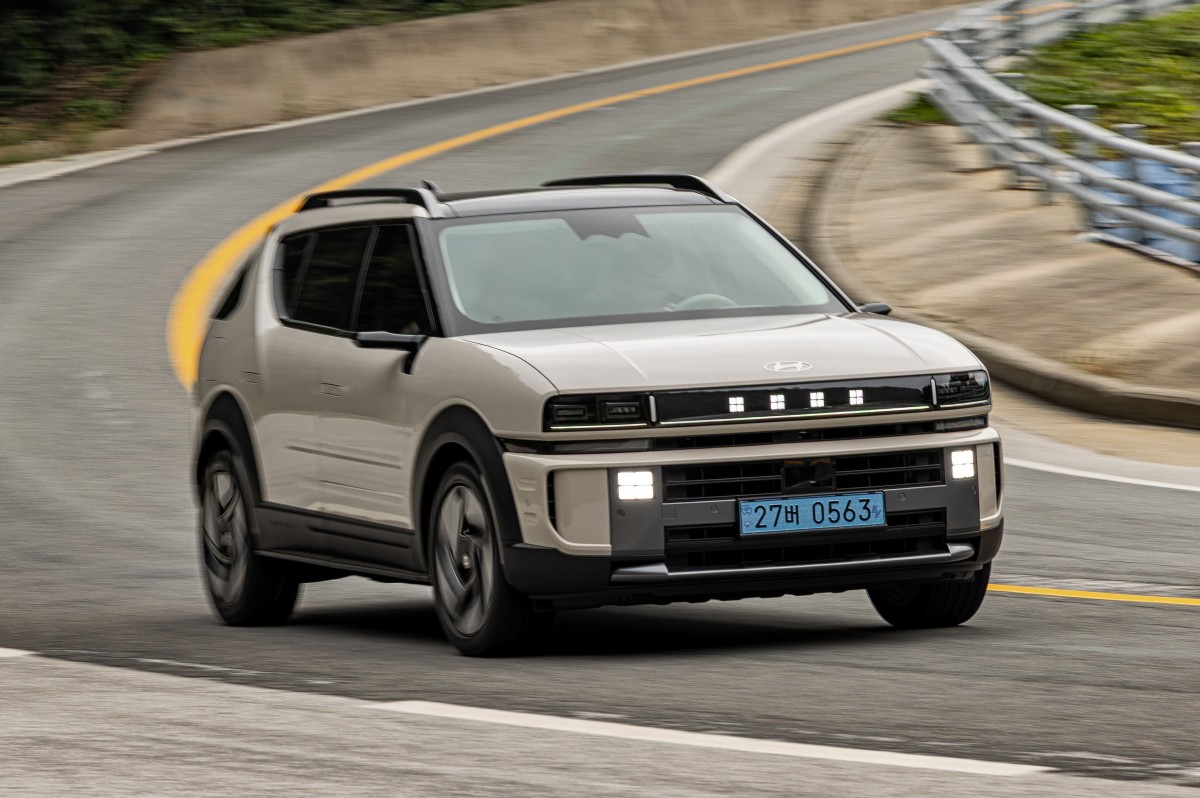
Still Around, Somehow
Remember the Hyundai Nexo? We won’t blame you if you don’t, as this model has been existing in the background for years – technically available in the US, but practically invisible. In fact, through October 2025, Hyundai had only sold a staggering five units of the hydrogen-powered SUV. That’s not a typo. And it’s safe to assume all of them are parked somewhere in California where it’s mainly sold. If you’re looking for a definition of “niche,” this is it.
That said, Hyundai has not given up on it. The second-generation Nexo has just been revealed, and in many respects, it’s a huge jump from before. Hyundai is clearly trying to make the hydrogen SUV not just a technology showpiece but a genuinely usable vehicle. The improvements span styling, materials, tech, and engineering – so if you were underwhelmed by the previous version, this one demands a fresh look.
Hyundai
Fresh Looks, Smarter Cabin
On the outside, the new Nexo adopts Hyundai’s “Art of Steel” design language: bold lines, strong surface tension, arch-shaped cross-sections, horizontal grooves across the doors, and a three-coat paint process that gives the body a multidimensional finish. The signature HTWO lamps and four-dot design make it clear: this is Hyundai’s hydrogen flagship.
The new Nexo’s cabin is now longer, wider, and taller than the outgoing model, and offers a maximum rear cargo capacity of 993 litres (behind the second row). Hyundai quotes enough room for four golf bags. Also notable: the first-row seats include leg rests, slim seat-backs to improve rear knee space, and wider-opening rear doors for easier access.
Meanwhile, the Nexo’s dual 12.3-inch curved displays form the “Connected Car Navigation Cockpit”, while over-the-air updates, wireless Apple CarPlay/Android Auto, and generative AI voice control make the cabin feel current. A premium 14-speaker Bang & Olufsen audio system is standard. Hyundai also emphasises the use of sustainable materials (bio-PU leather, recycled plastics, linen fabric, bio-TPO skin) throughout the interior.
Hyundai
More Range, Same Question
Under the hood, the power electronics (PE) system now doubles battery output from 40 kW to 80 kW. The hydrogen fuel-cell stack delivers a gross 110 kW (up from 95 kW) with a net system output of 94 kW (previously 85 kW). Combined, the total system output rises from 135 kW to 190 kW.
The electric motor produces 201 horsepower and 258 lb-ft of torque, allowing 0-62 mph in 7.8 seconds (vs 9.2 seconds for the outgoing model). Projected WLTP driving range is 514 miles from a five-minute hydrogen refill. The hydrogen tank capacity increases to 14.75 lbs (from 13.96 lbs) while maintaining cabin space.
European models add towing capability up to 2,205 lbs, making the Nexo the first fuel-cell SUV with such functionality. These are welcome gains – but only if you have access to hydrogen fuel. And that is the dilemma.
With the US infrastructure still minimal, the Nexo remains exotic rather than mainstream. Will Hyundai invest to push this model beyond California? For now, the second-generation Nexo is a better vehicle in almost every respect – but whether it becomes a meaningful player in the US remains very much to be seen.
Hyundai


